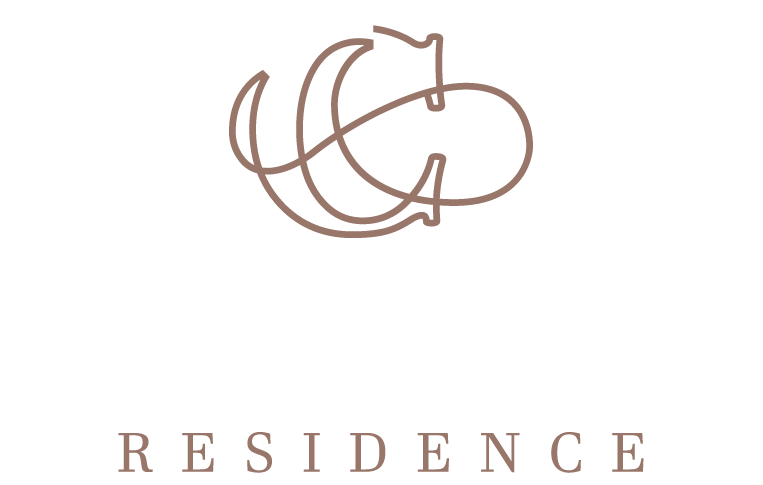Train Your Own LLM or Use an Existing One?
Build Your Own Large Language Model Like Dolly

You can design LLM models on-premises or using Hyperscaler’s cloud-based options. Cloud services are simple, scalable, and offloading technology with the ability to utilize clearly defined services. Use Low-cost service using open source and free language models to reduce the cost. Foundation Models rely on transformer architectures with specific customizations to achieve optimal performance and computational efficiency.
Based on the progress, educators can personalize lessons to address the strengths and weaknesses of each student. A common technique called in-context learning can help you get around this. You can ground the model in your reality by adding relevant data to the prompt. By following the steps outlined in this guide, you can create a private LLM that aligns with your objectives, maintains data privacy, and fosters ethical AI practices. While challenges exist, the benefits of a private LLM are well worth the effort, offering a robust solution to safeguard your data and communications from prying eyes.
The Attention Mechanism –
In this article, we will review key aspects of developing a foundation LLM based on the development of models such as GPT-3, Llama, Falcon, and beyond. There are a number of emerging architectures for LLM applications, such as Transformer-based models, graph neural networks, and Bayesian models. These architectures are being used to develop new LLM applications in a variety of fields, such as natural language processing, machine translation, and healthcare.
- Therefore, it’s essential to have a team of experts who can handle the complexity of building and deploying an LLM.
- Dolly is based on pythia-12b and was trained on approximately 15,000 instruction/response fine-tuning records, known as databricks-dolly-15k.
- This customization ensures the model performs better for your specific use cases than general-purpose models.
- In-context learning can be done in a variety of ways, like providing examples, rephrasing your queries, and adding a sentence that states your goal at a high-level.
The model is licensed for commercial use, making it an excellent choice for businesses looking to develop LLMs for their operations. Dolly is based on pythia-12b and was trained on approximately 15,000 instruction/response fine-tuning records, known as databricks-dolly-15k. These records were generated by Databricks employees, how to build your own llm who worked in various capability domains outlined in the InstructGPT paper. These domains include brainstorming, classification, closed QA, generation, information extraction, open QA and summarization. By building your private LLM you have complete control over the model’s architecture, training data and training process.
adjustReadingListIcon(data && data.hasProductInReadingList);
Another way to achieve cost efficiency when building an LLM is to use smaller, more efficient models. While larger models like GPT-4 can offer superior performance, they are also more expensive to train and host. By building smaller, more efficient models, you can reduce the cost of hosting and deploying the model without sacrificing too much performance. Finally, by building your private LLM, you can reduce the cost of using AI technologies by avoiding vendor lock-in.
Foundation models are large language models that are pre-trained on massive datasets. Fine-tuning is the process of adjusting the parameters of a foundation model to make it better at a specific task. Fine-tuning can be used to improve the performance of LLMs on a variety of tasks, such as machine translation, question answering, and text summarization. This process requires significant computational resources and data to achieve high proficiency. Some of the most powerful large language models currently available include GPT-3, BERT, T5 and RoBERTa. For example, GPT-3 has 175 billion parameters and generates highly realistic text, including news articles, creative writing, and even computer code.
While building a private LLM offers numerous benefits, it comes with its share of challenges. These include the substantial computational resources required, potential difficulties in training, and the responsibility of governing and securing the model. In the digital age, the need for secure and private communication has become increasingly important. Many individuals and organizations seek ways to protect their conversations and data from prying eyes.
Pretraining can be done using various architectures, including autoencoders, recurrent neural networks (RNNs) and transformers. The most well-known pretraining models based on transformers are BERT and GPT. In simple terms, Large Language Models (LLMs) are deep learning models trained on extensive datasets to comprehend human languages.
how to build a private LLM?
These defined layers work in tandem to process the input text and create desirable content as output. Let’s uncover the secrets behind the development of LLM, understand their unheard capabilities, and comprehend how they have re-engineered the world of language processing. An expert company specializing in LLMs can help organizations leverage the power of these models and customize them to their specific needs. They can also provide ongoing support, including maintenance, troubleshooting and upgrades, ensuring that the LLM continues to perform optimally.


0 comments